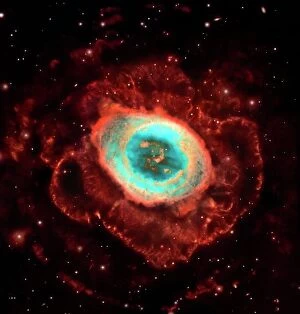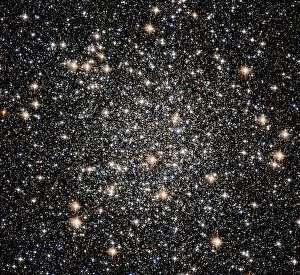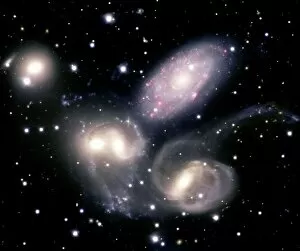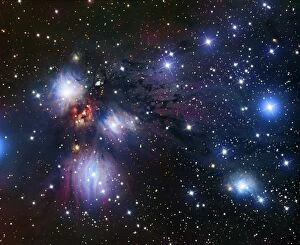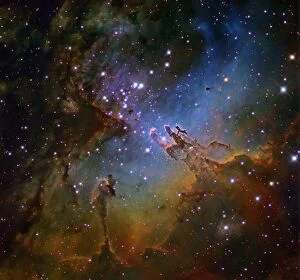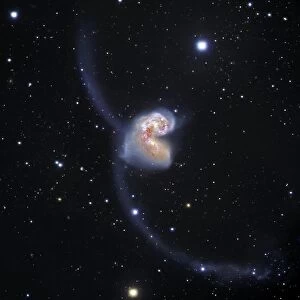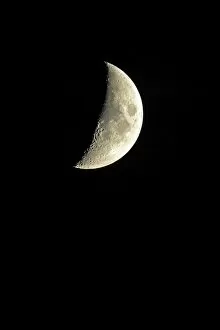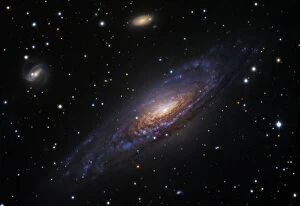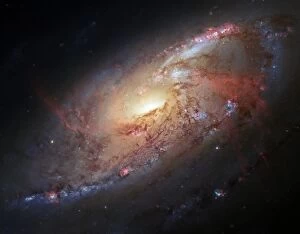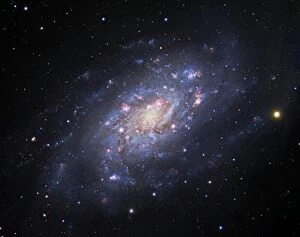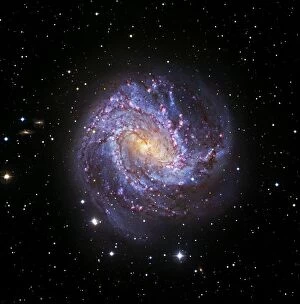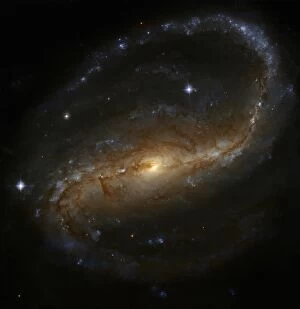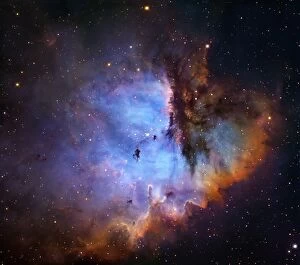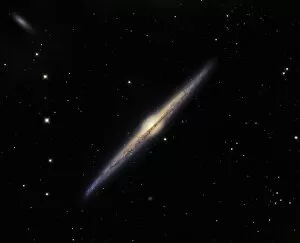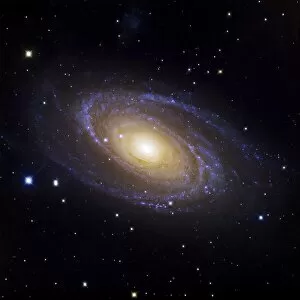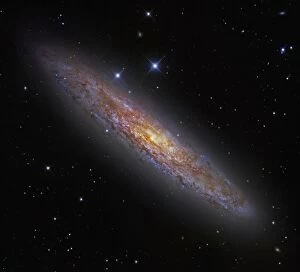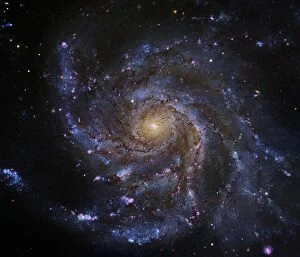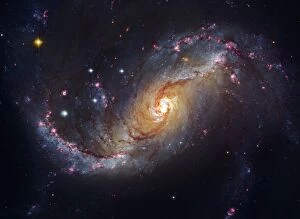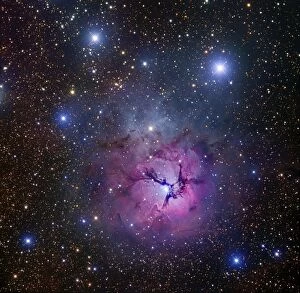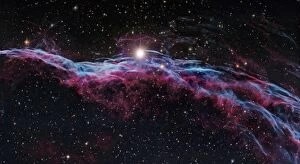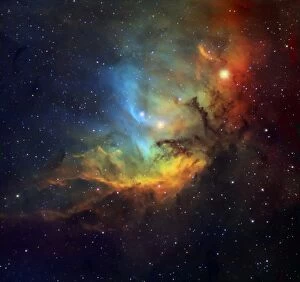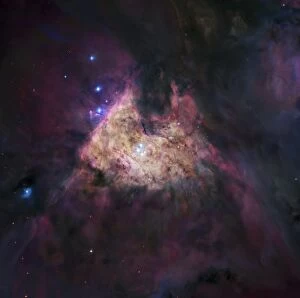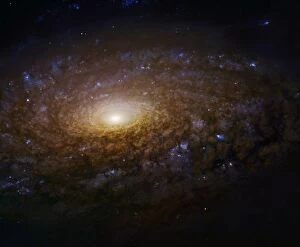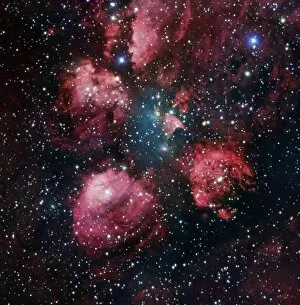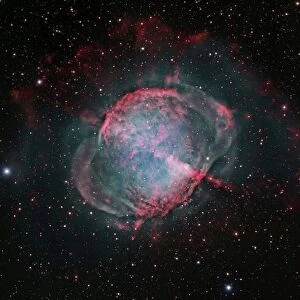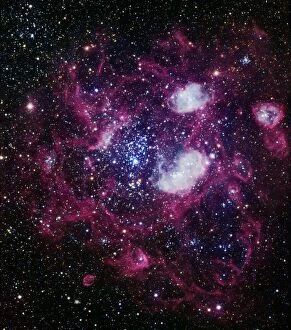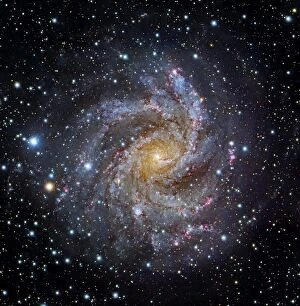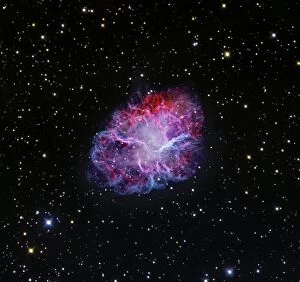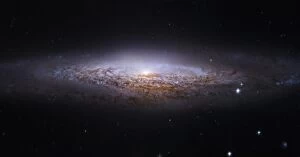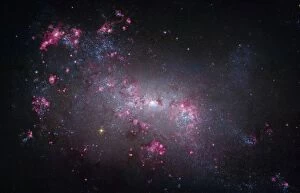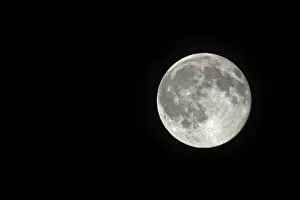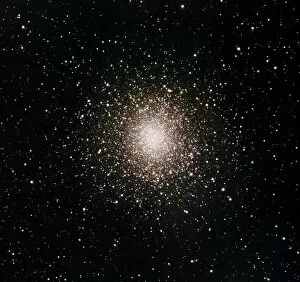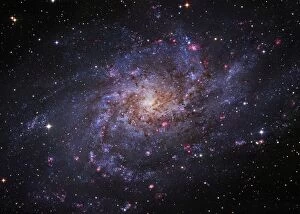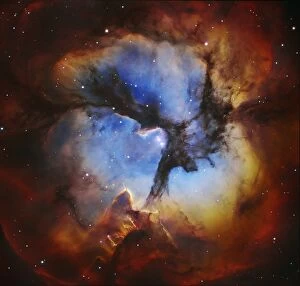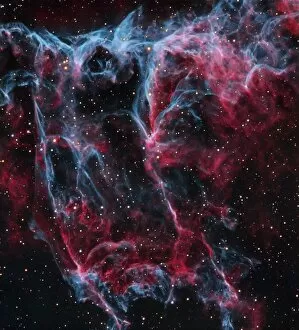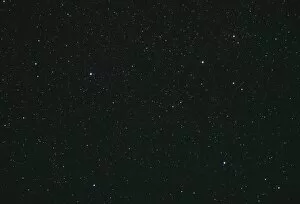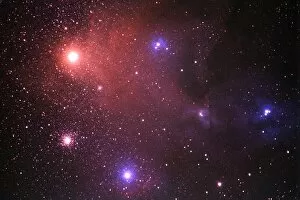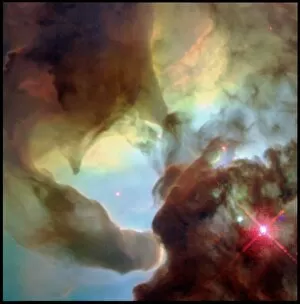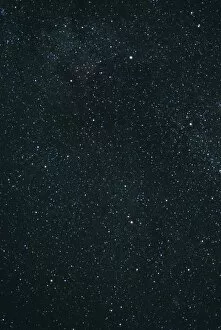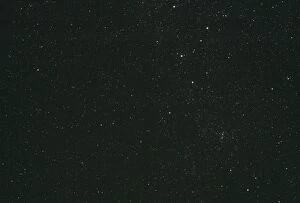Optical Image Collection
"Unveiling the Cosmic Beauty: Captivating Optical Images of Celestial Wonders" Witness the ethereal allure of the Ring Nebula M57
For sale as Licensed Images
Choose your image, Select your licence and Download the media
"Unveiling the Cosmic Beauty: Captivating Optical Images of Celestial Wonders" Witness the ethereal allure of the Ring Nebula M57, as captured by Hubble's mesmerizing image C017 / 3725. Prepare to be enchanted by the breathtaking M22 Globular Star Cluster, revealed in all its glory through Hubble's lens (C017 / 3722). Behold Stephans quintet, a celestial dance of galaxies that captivates astronomers and stargazers alike. Immerse yourself in the enchanting hues of NGC 2170, a Reflection Nebula brought to life through optical image C017 / 3737. Explore the Eagle Nebula (NGC 6611) like never before with an optical image that unveils its intricate details (C017 / 3719). Gaze upon Half Moon's majestic presence, flawlessly captured in stunning detail (C018 /1768). Lose yourself amidst the spiraling arms of NGC 7331, a captivating Spiral Galaxy immortalized through an optical image (C017/3751). Marvel at NGC 1232's grandeur as it graces our skies with its spiral beauty - an awe-inspiring sight unveiled through optical image C017/3734. Embark on a cosmic journey alongside Spiral galaxy M106; let Hubble's wondrous image C017/3730 guide you into uncharted realms. Experience wonderment as you traverse Spiral galaxy NGC2403; indulge your senses with this captivating optical image C017/3738. Lose yourself amidst the splendorous Southern Pinwheel Galaxy - immerse in its magnificence via Hubble’s spellbinding imagery (C107/3727) Delve into Barred spiral galaxy NG7479 and discover hidden secrets within its cosmic tapestry.

